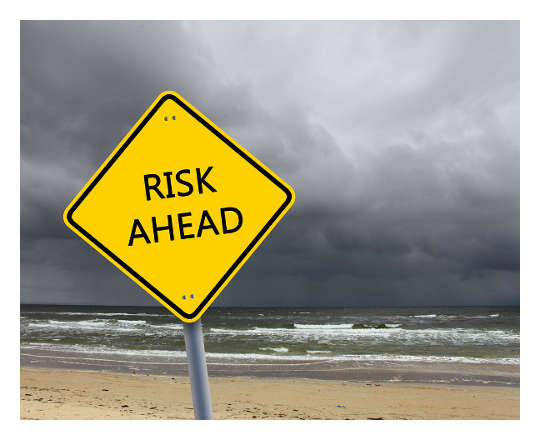Bruce Brammall, The West Australian, 9 December, 2019
I’ve got a mate called Dan. Dan is generally pretty funny, very dry. Most of the time, I laugh “with” him. Sometimes, he knows, it’s “at”.
Dan reckons, when it comes to investing, your “risk tolerance” is something you were born with. It’s in your DNA. And there ain’t nothin’ ever gon’ change that. Never.
Dan and I are, mostly, in furious agreement on our world views. Though, not so much here.
As people travel through life, or age and learn, or as they experience pain and joy, their world view changes. That has to impact on your view on risk taking, generally, in life.
Your investment “risk profile” measures how much risk you are prepared to take on. At its most basic, is your preference to drive a safe Volvo, or the edgier McLaren?
Would you prefer slow and steady growth? Or will you take a few risks for better long-term returns?
Let me keep investing simple today. There are only four asset classes. From low risk to high, they are cash, fixed interest, property and shares.
You don’t just pick one. You choose a mix. Conservative types will invest most of their money in cash and fixed interest.
Why? Consider cash currently. Max return is about 1.7 per cent. Your money is not at risk, but there’s no upside. Historically, in the last 30 years, cash has earned between 1.7 and 18.4 per cent, with an average of 6.1 per cent.
Those willing to accept higher risk should have more of their money in shares and property.
Since 1988, the worst return for shares was -54 per cent, its best 48 per cent, with an average of around 8.5 per cent.
Over the same period, property has averaged in the low-8s.
And no, you can’t use hindsight to move your investments. You don’t have a crystal ball. Investing doesn’t work like that. At best, even experts are guessing which will perform best.
So, investment risk is a considered decision about how much to invest in shares and property (growth assets), versus cash and fixed interest (income assets).
An aggressive investor might be 80-100 per cent growth and 0-20 per cent income. A “balanced” investor about 60-40 and a defensive investor might be 30 per cent growth and 70 per cent defensive.
You should be seeking the right mix of diversification. Do a risk profile – there are available everywhere. It will help.
Classic investment theory suggests that the younger you are, the more risk you should be willing to take on.
If you’re 30, had $20,000 to invest and it fell to $10,000, you’d be pissed, sure. But even if the market didn’t recover quickly, you would earn that $10,000 back, even through salary in no time.
If you’re 65 and you had $1 million invested in shares and lost 50 per cent, I’m tipping you’d be really pissed and probably stressing big time. (This was widespread during the GFC in 2008-09.) At 65, you’ve just lost half of your life’s investments. I’m tipping going back to work to earn another half a million will not be appealing.
I about to admit this to myself for the first time: I’m middle aged.
And, sorry Dan, I know my risk profile has changed a lot over the last, say, quarter century.
In my 20s, I was all in for property, and geared to the hilt. Little to lose, plenty to gain, so ploughed into as much property (and shares) as I could possibly acquire. And it worked.
Then I went into business for myself, had a couple of kids, landed in an ever-piling mountain of expenses, including school fees stretching into infinity, and my risk profile changed.
I didn’t actually see that change coming. But out of necessity, I found myself holding more cash than I ever thought I’d need to.
When my kids approach the end of school, while I’ve still got some time in the workforce left, I’ll probably become more aggressive. And the pendulum will probably swing back to some element of conservatism as I hit old age.
My mate Dan lives by the adage: “Tomorrow is always going to be better than today”.
With respect, Dan, it sounds nice. But it’s overly optimistic crap. Sometimes, you sense more rainy than sunny days ahead. And you adjust, as you should.
Bruce Brammall is the author of Mortgages Made Easy and is both a financial advisor and mortgage broker. E: bruce@brucebrammallfinancial.com.au.

